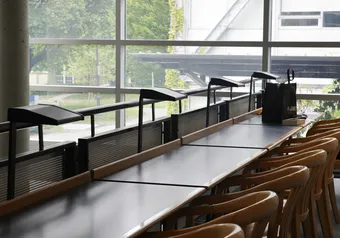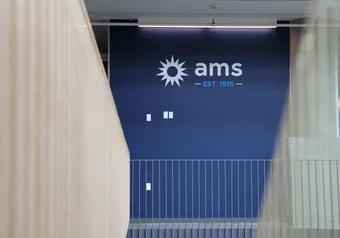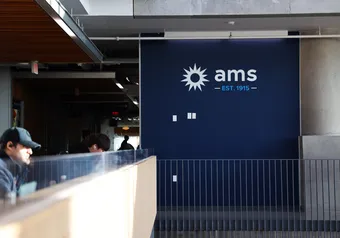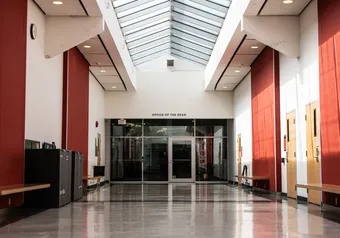Every year, a part of students’ tuition fees is allocated to undergraduate student societies. These budgets. which are generally tens of thousands of dollars, are spent on services for their constituent students.
For the fourth year in a row, we broke down the budget of the four largest student societies at UBC — the Arts Undergraduate Society (AUS), the Commerce Undergraduate Society (CUS), the Engineering Undergraduate Society (EUS) and the Science Undergraduate Society (SUS) — to figure out where your student fees go.
How we did it
While the budgets of the CUS and the SUS were obtained from their websites, the EUS emailed its budget from the 2021/22 year. The AUS budget was accessed through its website, but it provided projections rather than the actual budget for the 2021/22 year. We also spoke to the VP finance of each undergraduate society to better understand their budgets.
How much are you paying?
As compared to the 2020/21 year, the AUS student fee remained the same at $13. The student fee for the SUS changed from $27.27 to $27.46. The CUS and the EUS reduced their fees — the CUS from $275.34 to $199 and the EUS from $106.50 to $46.42. All undergraduate society student fees are listed on the 2021/22 academic calendar.
According to the EUS’s VP Finance Karisma Jutla, the EUS was able to reduce its student fees by more than 50 per cent because it had paid off the loan for the Engineering Student Centre.
“[The loan] was tied to the [Consumer Price Index] and it was about $58 [per student]. Now we’ve completely eliminated that fee so students actually pay half of what they used to,” Jutla said.
Nine dollars of the SUS fee went towards paying the mortgage for the Abdul Ladha Student Centre. According to the academic calendar, the AUS and CUS students paid an additional $26.50 and $574.91 respectively for the Arts Student Centre mortgage and the Sauder Building Renewal Project.
Spending on first-year events increased
With more events moved from online to in-person in 2021/22, the amount spent on first-year events increased for each society.
The CUS’s Spark event was the most expensive first-year event, costing $45,000.
The AUS’s KickstART cost $4,005.63 in comparison to last year’s $878.42. Likewise, the expense on the SUS’s Science RXN increased from $4,270.17 to $5,111.64.
The EUS’s Week E^0 cost $2,177.19 and deviated significantly from the original projection for the year because of the lower-than-expected cost of supplies for the event. An additional $10,496.30 was spent on Week E^0 kits and $860 for volunteer appreciation.
Most societies reported surpluses last year
The AUS, EUS and SUS reported a surplus while the CUS reported a deficit.
The AUS projected a surplus of $10,152 in its budget, but AUS VP Finance Alan Phuong said the society ended the year with $14,831.90. He said the larger-than-expected surplus was due to multiple events getting cancelled due to COVID-19 leading to lower costs.
The CUS had an actual deficit of $180,571.54 after projecting a deficit of $330,452.89. According to its Q4 Budget Report, the deficit was less than what was projected because it was not able to fully spend portions of its budget to execute all planned events due to COVID-19 restrictions.
The CUS did not reply before press time when asked about the source of its deficit.
Meanwhile, the EUS reported a surplus of $3,110.26 after projecting $1,391.84 in leftover funds. According to Jutla, the increased amount of surplus was because the EUS had initially budgeted for a full in-person school year and had to reforecast due to COVID-19 restrictions.
The SUS had a surplus of $185,272.78 but had only projected a surplus of $124.99. According to its VP Finance Kaye Chan, the huge deviation was because the SUS had to move many of SUS’s well-known and smaller events online due to COVID-19 restrictions.
“Our administration team has been working hard to use this surplus towards refurnishing the Abdul Ladha Science Student Centre,” wrote Chan in a statement to The Ubyssey.
“Our Student Life portfolio will also be using the surplus towards planning a larger number of higher quality and diverse flagship events this year,” Chan added. “The Finance portfolio will also continue to increase our Grant & Subsidy program. As such, we have a new [equity, diversity and inclusion] grant in the works that we are hoping to launch this year.”
Looking ahead, two years after start of COVID-19
COVID-19 adverseley impacted the budgets of all four student societies. However, the executives of the societies said they are optimistic about their budgets for next year.
“This year, we’re going in with a smaller budget in terms of office supplies because we’re not paying for a lot of video conferencing apps … So there are savings there,” Phuong said.
He also said students should keep an eye out for a resource that he is developing to show “every single expense going out of the AUS.”
The CUS expects to run more in-person events next year, said VP Finance Nikita Dao.
She also said transparency is an area the CUS was working to improve.
“I am working on increasing transparency of all spending of the CUS through effectively communicating by leveraging social media platforms a lot more than previous years,” she said. “I am hoping to implement a better method of tracking spending and enforcing strict following of the budget to ensure all student fees are effectively and appropriately used as always.”
The SUS hopes to continue providing grants and subsidies.
“This year, we will no longer be offering the [COVID-19 Equipment] grant but the amount will be dispersed into our other grants and subsidies to better provide for the students,” said Chan. “We also started offering the Course Material Subsidy last year and will continue to offer it in the coming year as we received a large positive response from it.”
The EUS also hopes to increase conference attendance and other key events in the future.
“For a couple of years I know a big thing that we’ve looked at increasing our conferences’ attendance,” said Jutla. “We’ve looked at putting that [surplus] towards having something like an e-retreat where we’re able to take more people.”
Alan Phuong was a staff writer for The Ubyssey in 2020 and 2021. He was not involved in the writing or editing of this piece.
First online
Share this article








